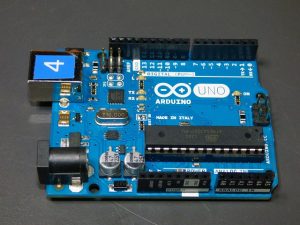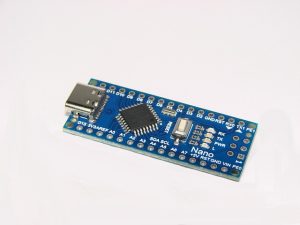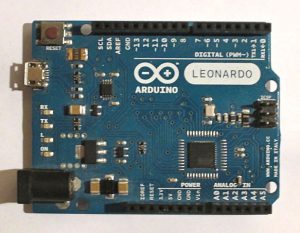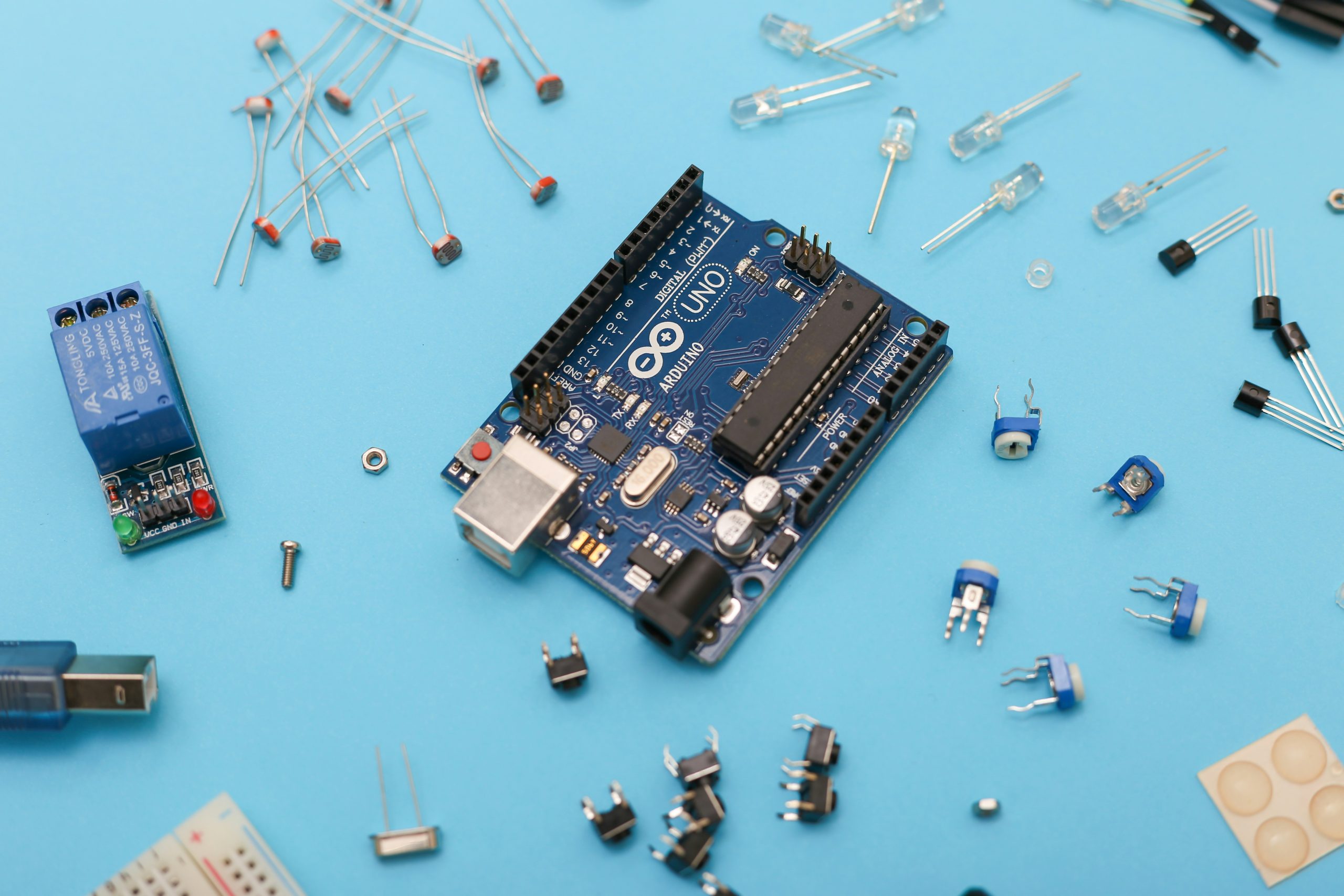Introduction to Arduino
Arduino is an open-source electronics platform based on easy-to-use hardware and software. It’s designed to make the process of using electronics in multidisciplinary projects more accessible. Arduino boards are capable of reading inputs – light on a sensor, a finger on a button, or a Twitter message – and turning it into an output – activating a motor, turning on an LED, or publishing something online.
How Arduino Works
Arduino boards are equipped with a microcontroller, which is essentially a small computer. This microcontroller can be programmed to perform various tasks using the Arduino programming language, which is based on Wiring, and the Arduino Software (IDE), which is based on Processing. The board can interact with various sensors and actuators to create interactive projects.
Arduino Versions and Their Capabilities
There are several versions of Arduino boards, each designed for different purposes:
Arduino Uno

The Arduino Uno is the most popular and commonly used board. It’s perfect for beginners and general-purpose use. It features:
- Microcontroller: ATmega328P
- Operating Voltage: 5V
- Digital I/O Pins: 14 (of which 6 provide PWM output)
- Analog Input Pins: 6
- Flash Memory: 32 KB (ATmega328P) of which 0.5 KB used by bootloader
- SRAM: 2 KB (ATmega328P)
- EEPROM: 1 KB (ATmega328P)
- Clock Speed: 16 MHz
Arduino Nano

The Arduino Nano is a compact version of the Uno, suitable for breadboard projects. It features:
- Microcontroller: ATmega328P
- Operating Voltage: 5V
- Digital I/O Pins: 22 (of which 6 provide PWM output)
- Analog Input Pins: 8
- Flash Memory: 32 KB (ATmega328P) of which 0.5 KB used by bootloader
- SRAM: 2 KB (ATmega328P)
- EEPROM: 1 KB (ATmega328P)
- Clock Speed: 16 MHz
Arduino Mega

The Arduino Mega is ideal for larger projects that require more I/O pins. It features:
- Microcontroller: ATmega2560
- Operating Voltage: 5V
- Digital I/O Pins: 54 (of which 15 provide PWM output)
- Analog Input Pins: 16
- Flash Memory: 256 KB of which 8 KB used by bootloader
- SRAM: 8 KB
- EEPROM: 4 KB
- Clock Speed: 16 MHz
Arduino Leonardo

The Arduino Leonardo can act as a USB mouse or keyboard. It features:
- Microcontroller: ATmega32u4
- Operating Voltage: 5V
- Digital I/O Pins: 20 (of which 7 provide PWM output)
- Analog Input Pins: 12
- Flash Memory: 32 KB of which 4 KB used by bootloader
- SRAM: 2.5 KB
- EEPROM: 1 KB
- Clock Speed: 16 MHz
Arduino Micro

The Arduino Micro is a tiny board designed for projects requiring small size. It features:
- Microcontroller: ATmega32u4
- Operating Voltage: 5V
- Digital I/O Pins: 20 (of which 7 provide PWM output)
- Analog Input Pins: 12
- Flash Memory: 32 KB of which 4 KB used by bootloader
- SRAM: 2.5 KB
- EEPROM: 1 KB
- Clock Speed: 16 MHz
Arduino Due

The Arduino Due is based on the ARM Cortex-M3 and offers more computational power. It features:
- Microcontroller: AT91SAM3X8E
- Operating Voltage: 3.3V
- Digital I/O Pins: 54 (of which 12 provide PWM output)
- Analog Input Pins: 12
- Analog Output Pins: 2 (DAC)
- Flash Memory: 512 KB
- SRAM: 96 KB (two banks: 64 KB and 32 KB)
- Clock Speed: 84 MHz
Arduino MKR Series

The Arduino MKR series is designed for IoT projects, including MKR1000, MKR WAN 1300, MKR GSM 1400, etc. These boards feature various communication capabilities like WiFi, LoRa, GSM, and NB-IoT. For example:
- Arduino MKR1000: Features a WiFi module and is ideal for connected projects.
- Arduino MKR GSM 1400: Includes GSM connectivity for mobile communication.
- Arduino MKR WAN 1300: Offers LoRa connectivity for long-range communication.
Functions of Arduino
Arduino boards can perform a wide range of functions, including:
- Reading analog and digital inputs.
- Generating analog and digital outputs.
- Communicating with other devices via serial communication (UART, I2C, SPI).
- Interfacing with various sensors and actuators.
- Connecting to the internet and sending/receiving data (with IoT-enabled boards).
How to Program Arduino
Programming an Arduino involves writing code in the Arduino programming language and uploading it to the board using the Arduino IDE. Here’s a simple example:
void setup() {
pinMode(LED_BUILTIN, OUTPUT); // Set built-in LED pin as output
}
void loop() {
digitalWrite(LED_BUILTIN, HIGH); // Turn the LED on
delay(1000); // Wait for a second
digitalWrite(LED_BUILTIN, LOW); // Turn the LED off
delay(1000); // Wait for a second
}
This code blinks the built-in LED on the Arduino board every second. The setup() function runs once when the board is powered on or reset, and the loop() function runs repeatedly after the setup() function completes.
Conclusion
Arduino is a versatile and powerful tool for anyone interested in electronics and programming. Whether you’re a beginner or an experienced developer, Arduino offers endless possibilities for creating interactive projects. By understanding how Arduino works, exploring its various versions, and learning how to program it, you can bring your ideas to life and contribute to the growing community of makers and innovators.
